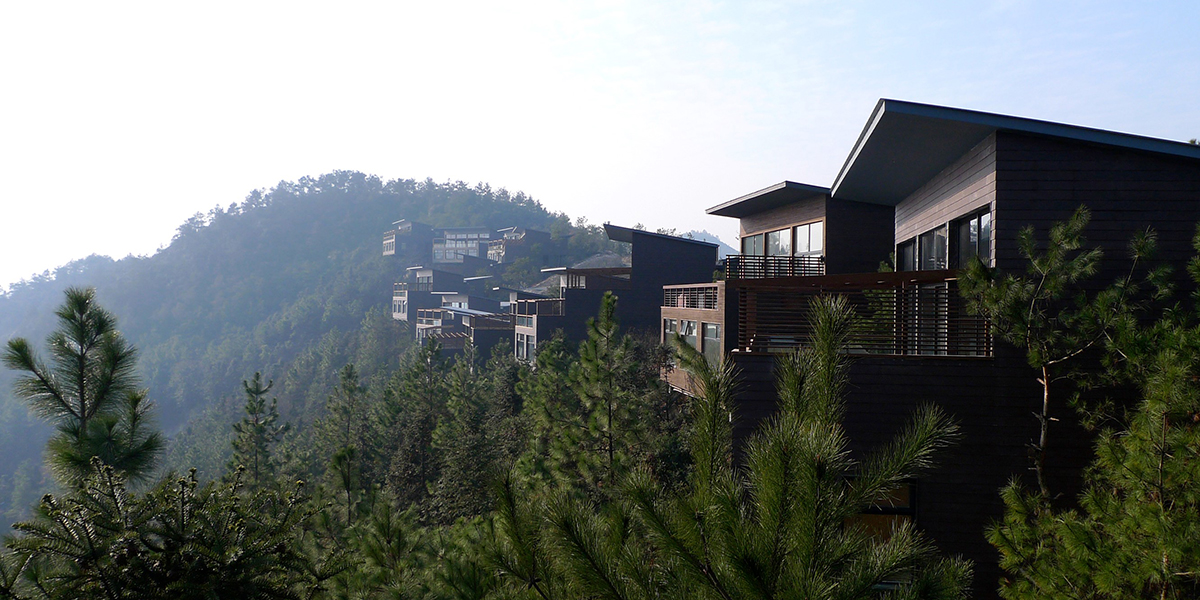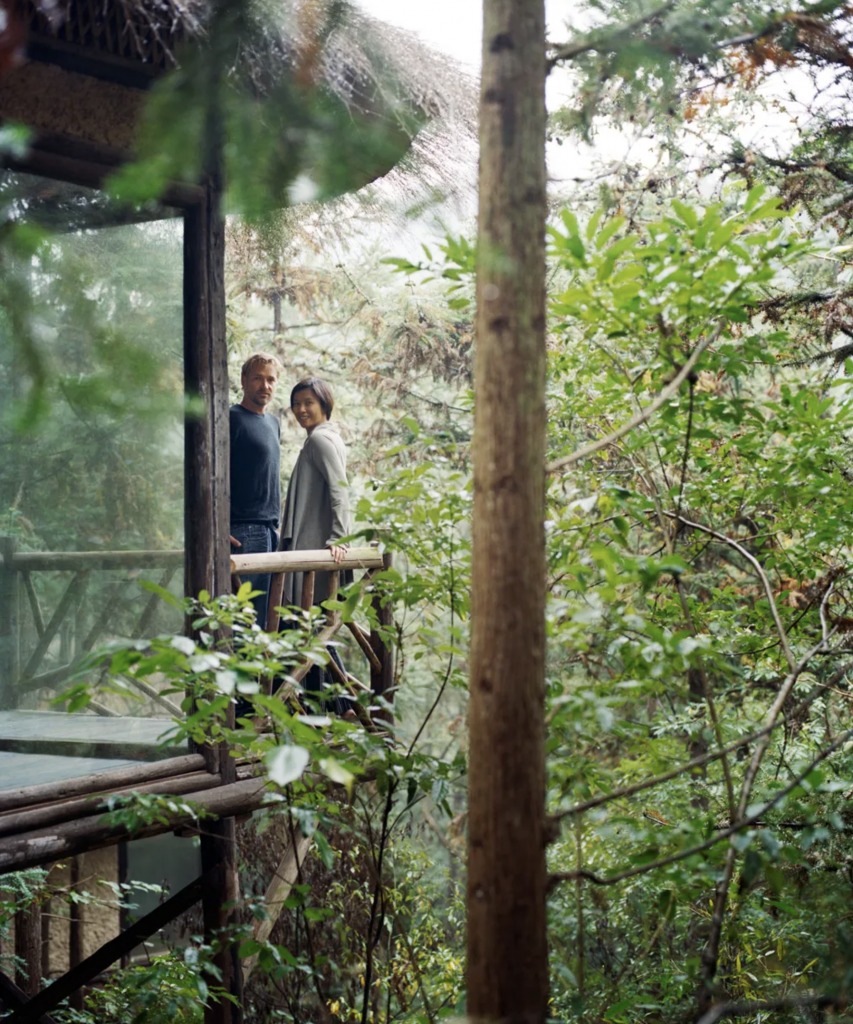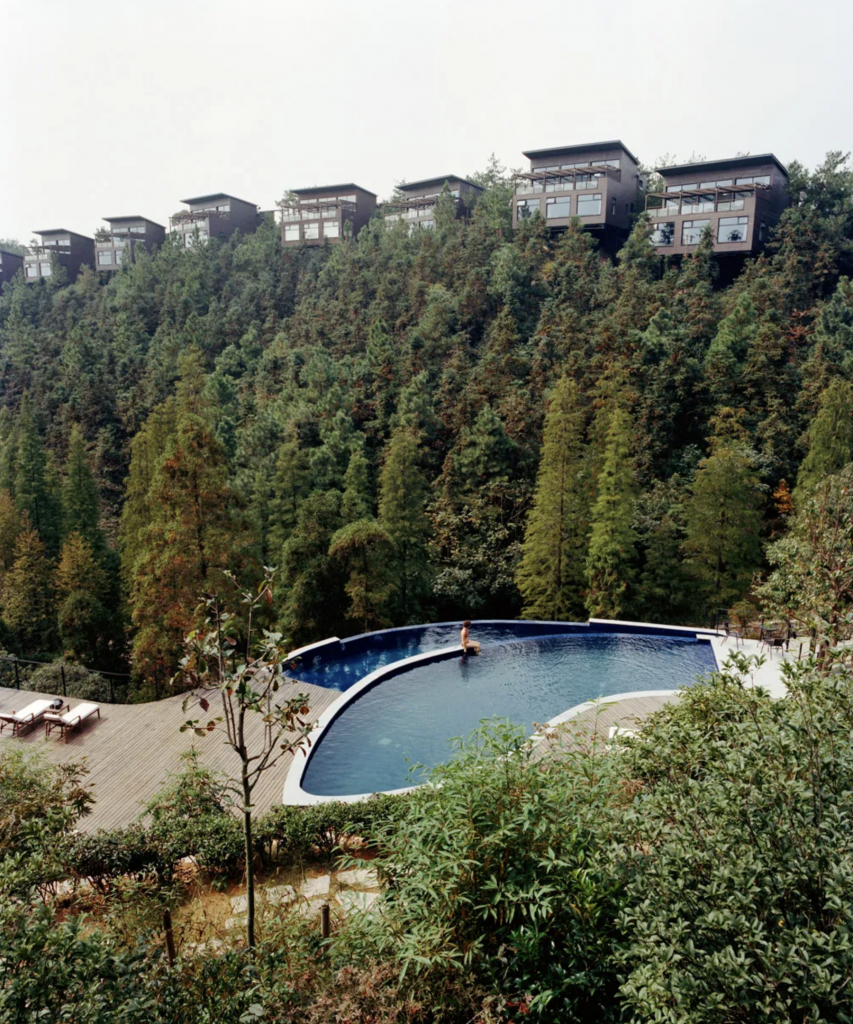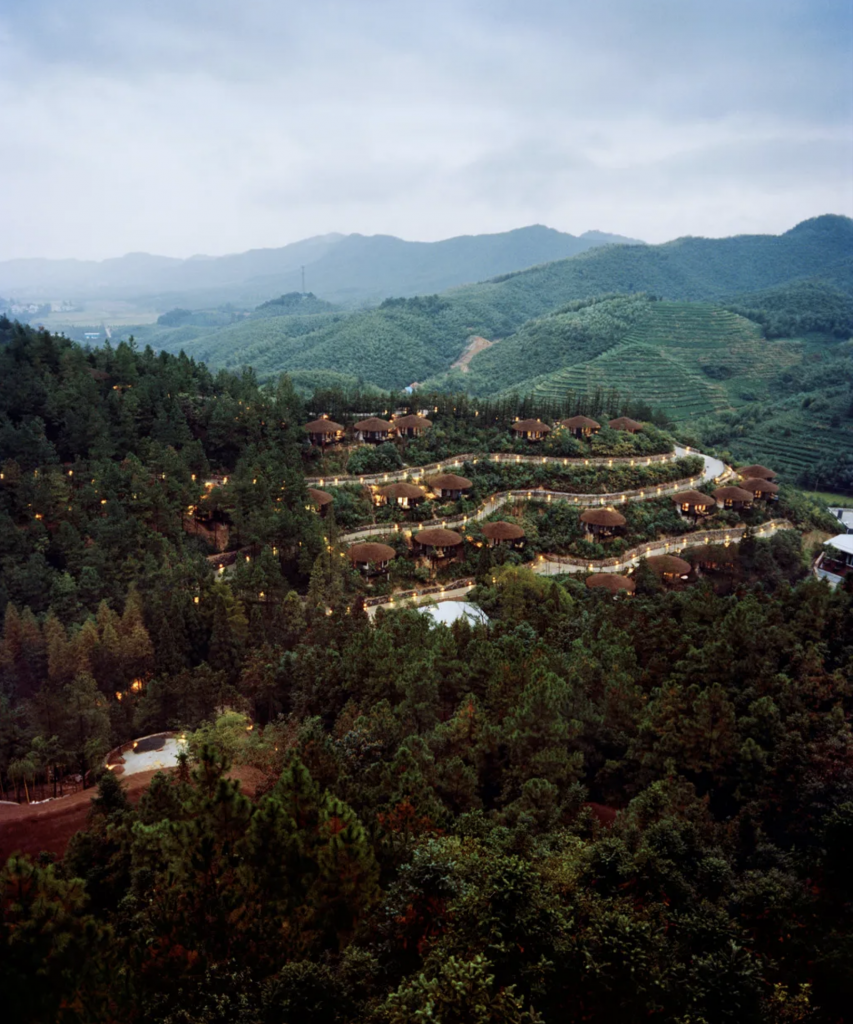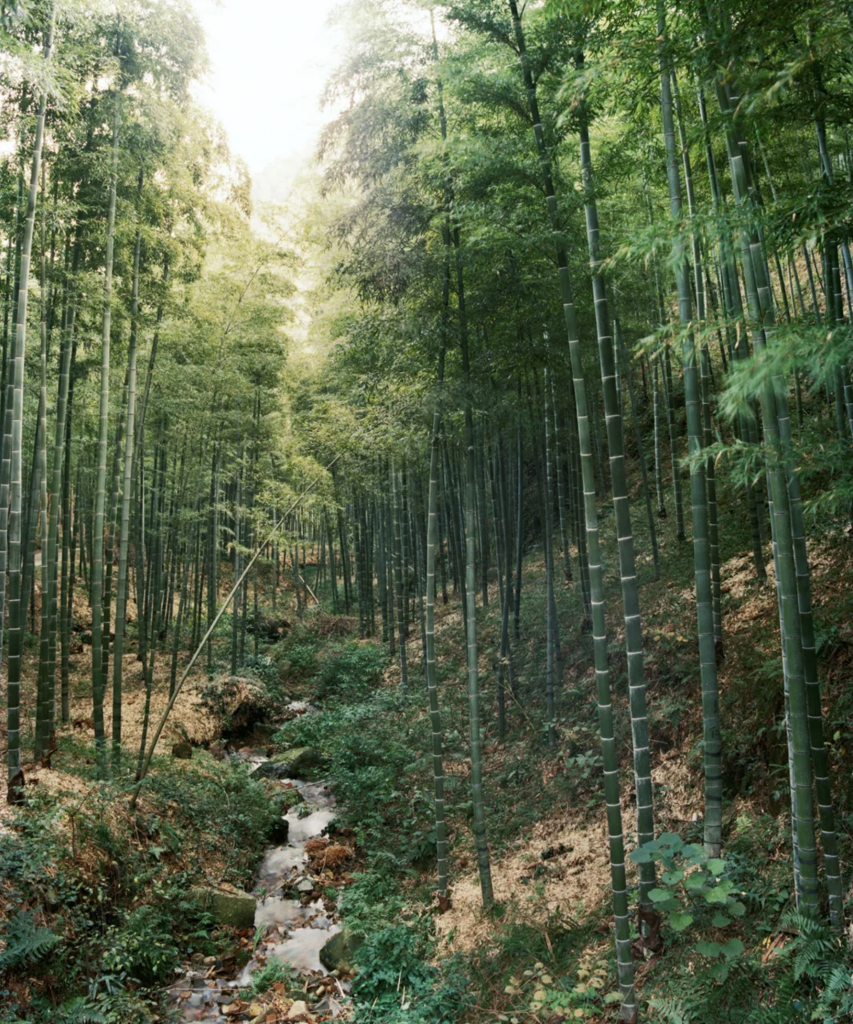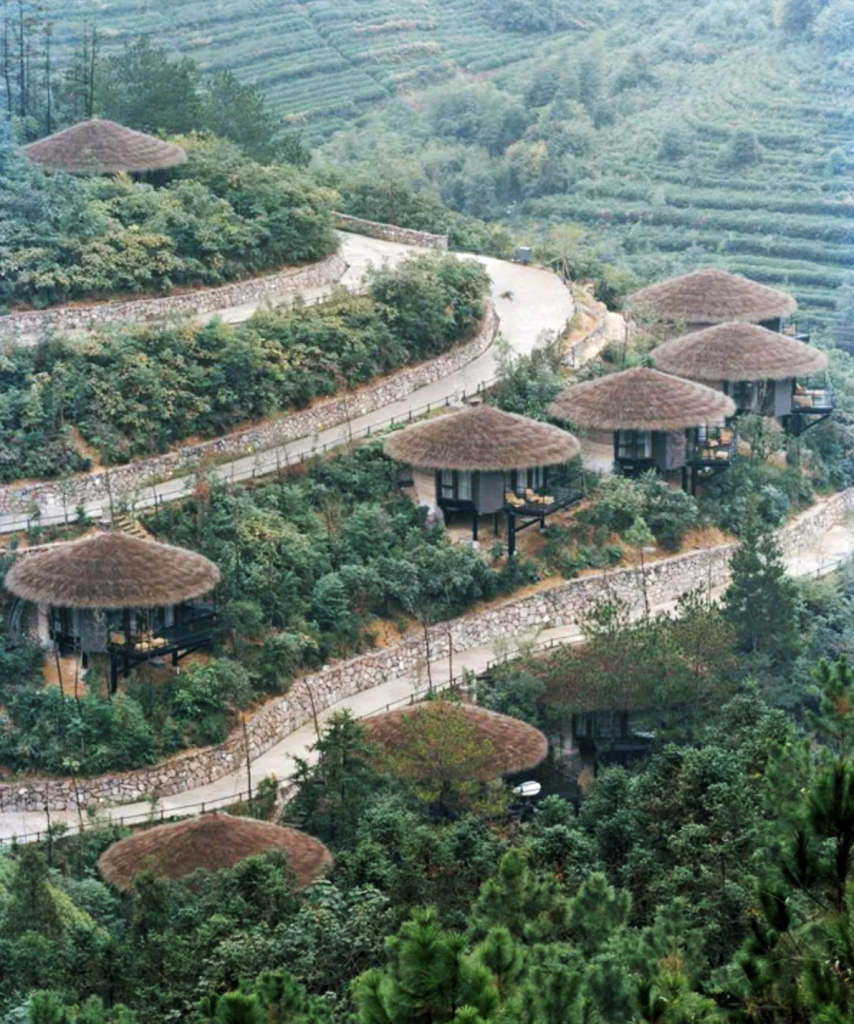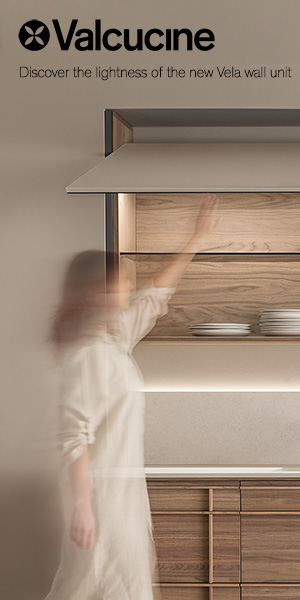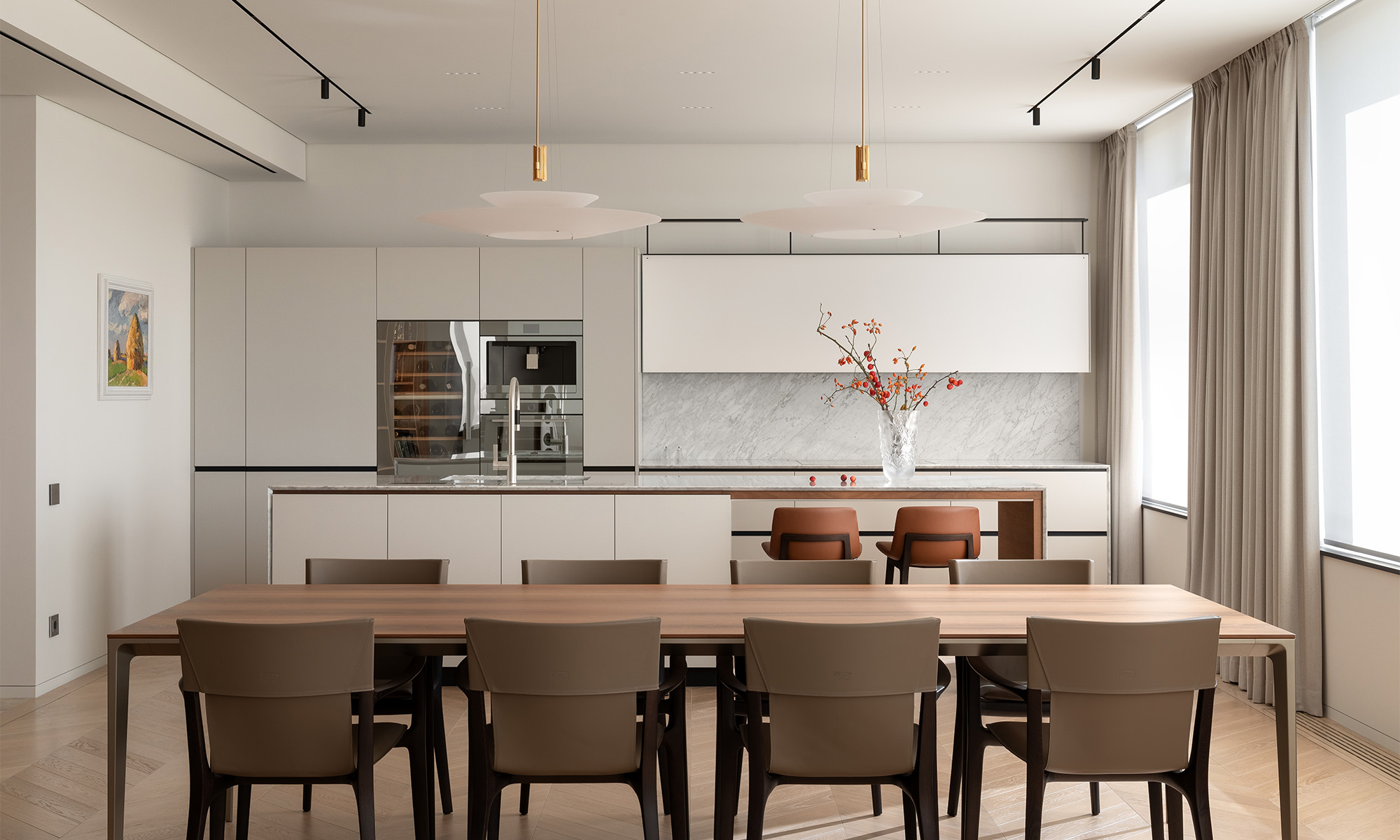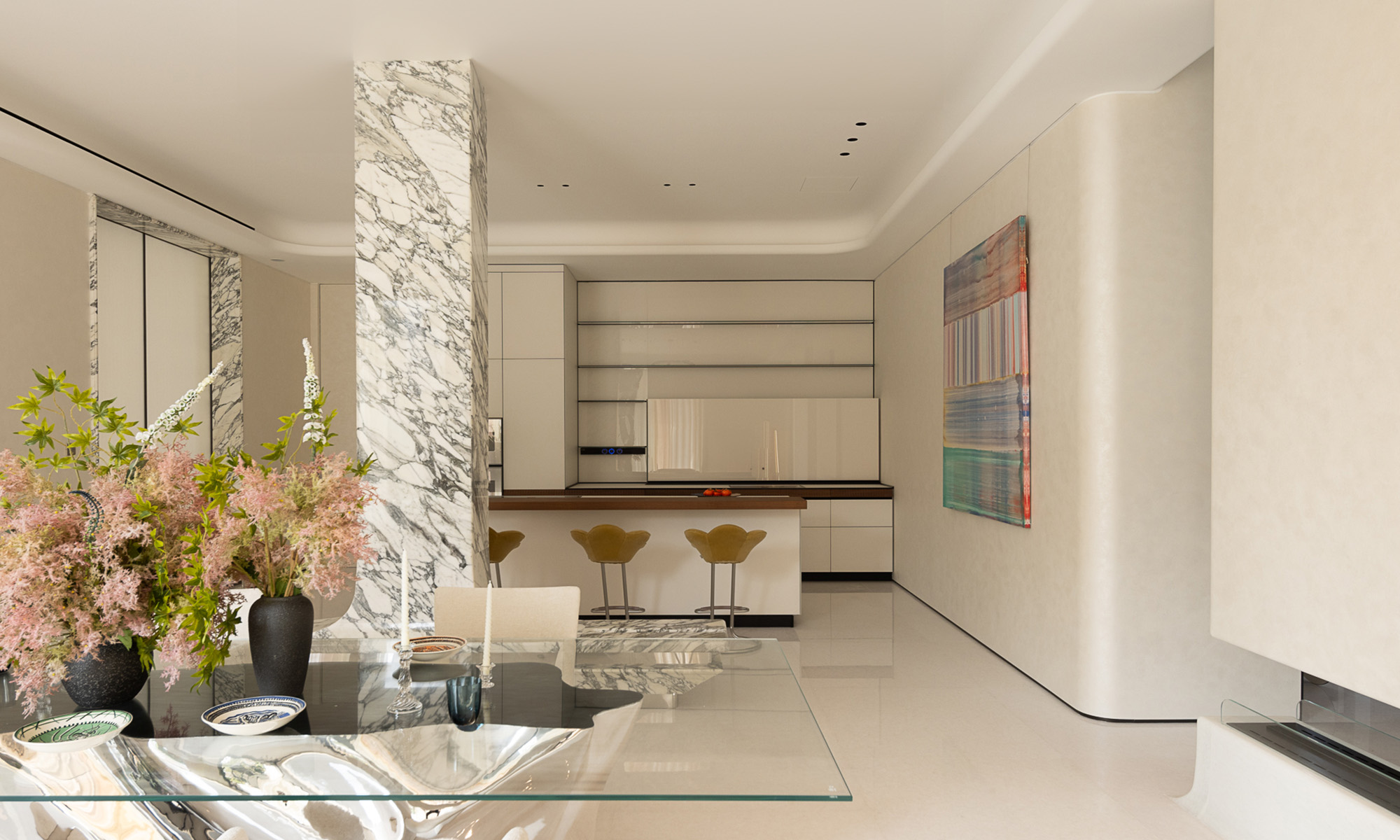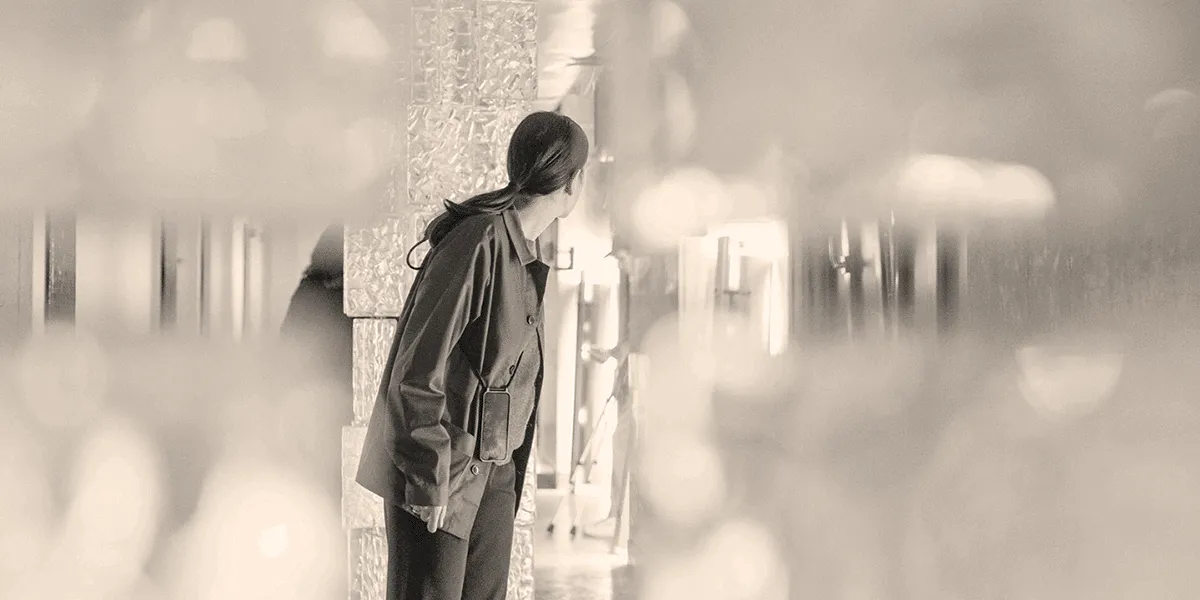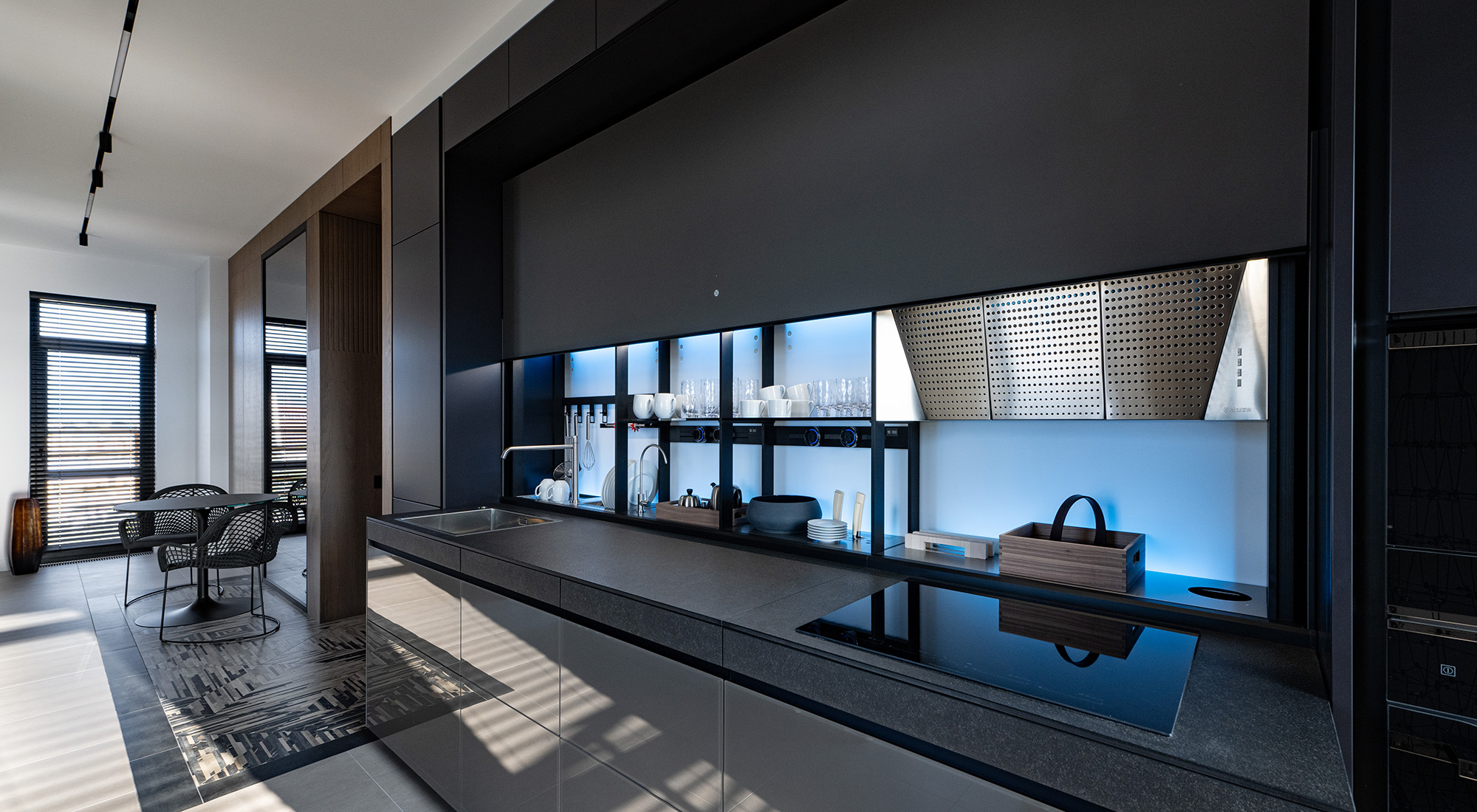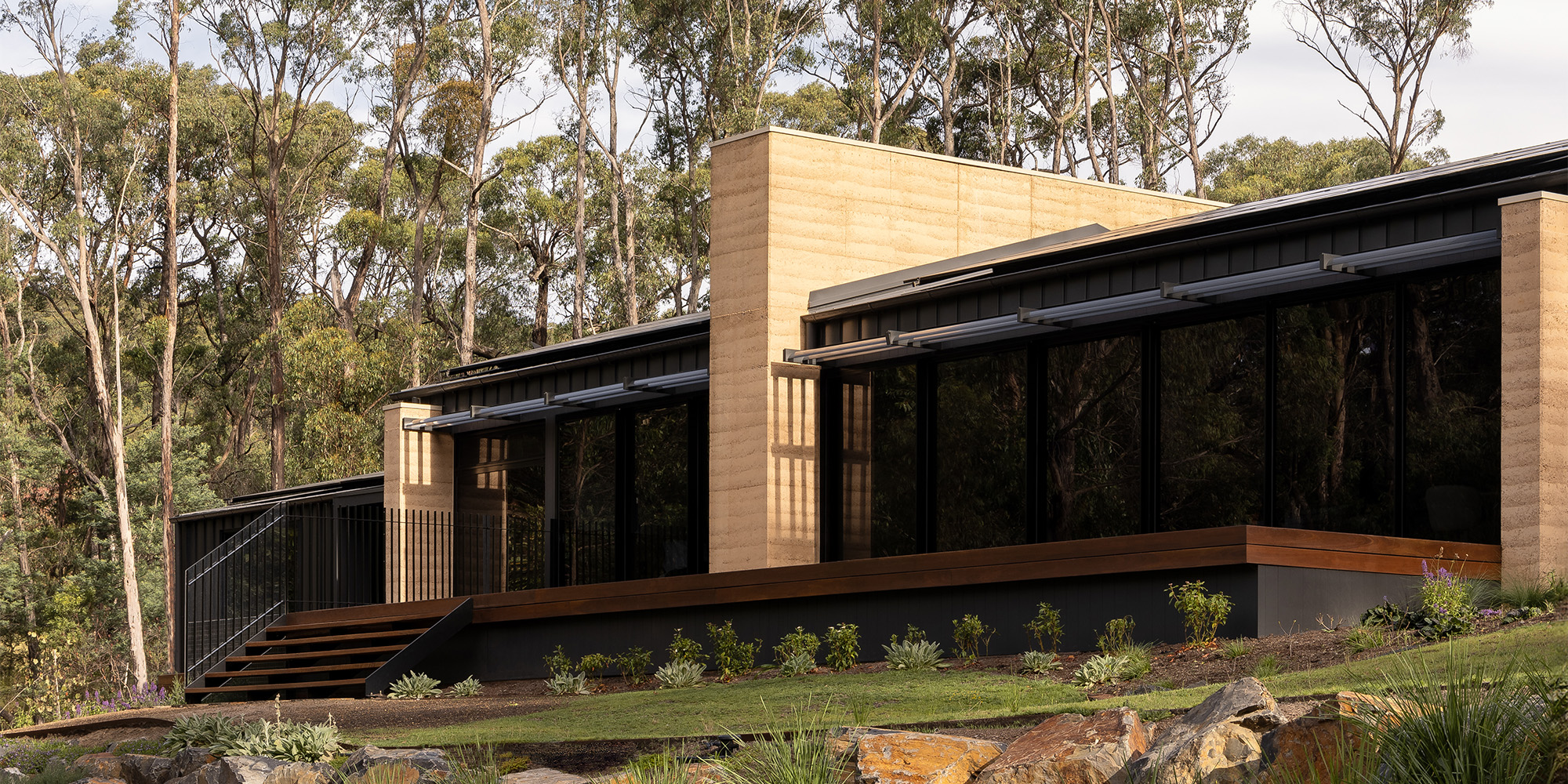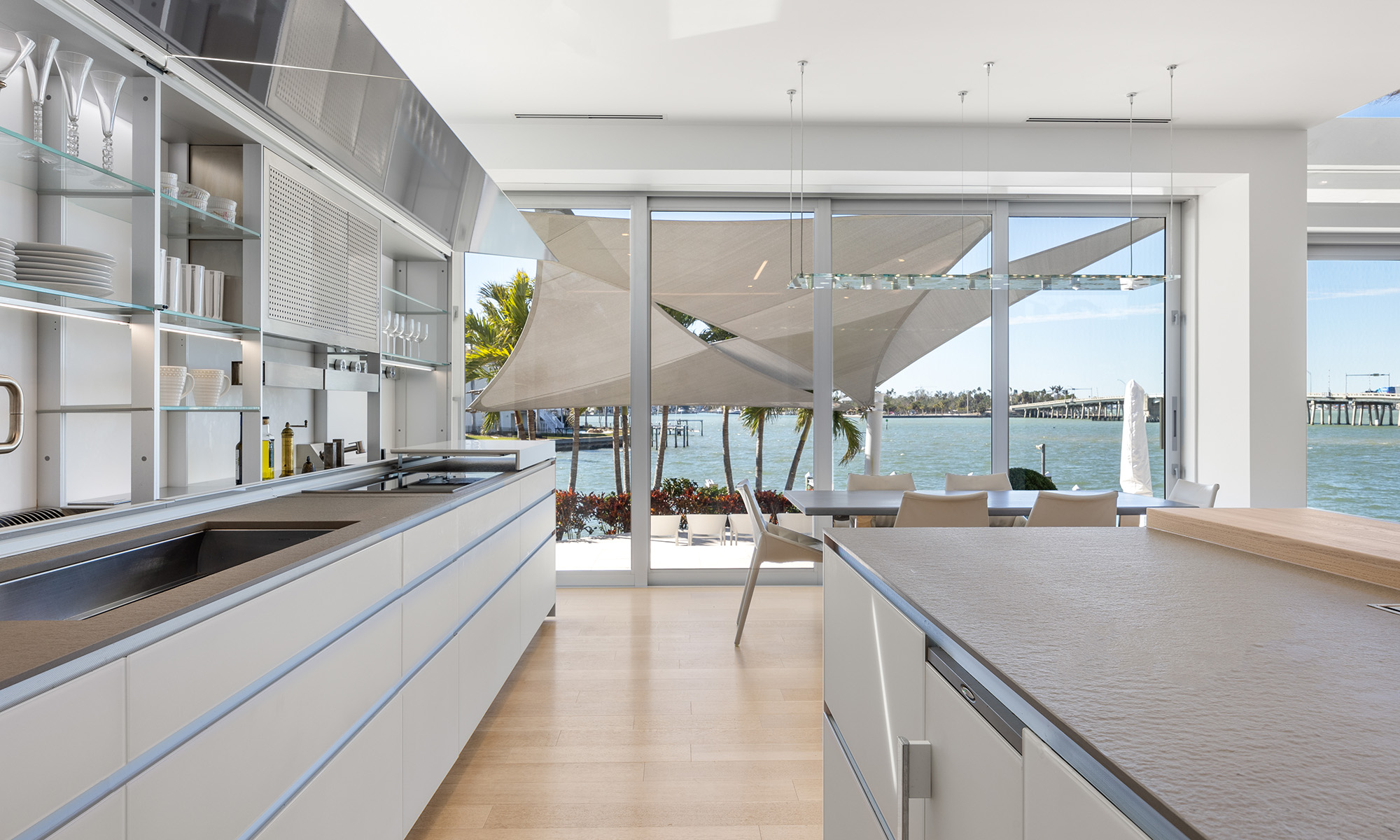A good, new life for buildings and their inhabitants
Interview with Alessandro Bisagni, a pioneer in sustainable architecture.
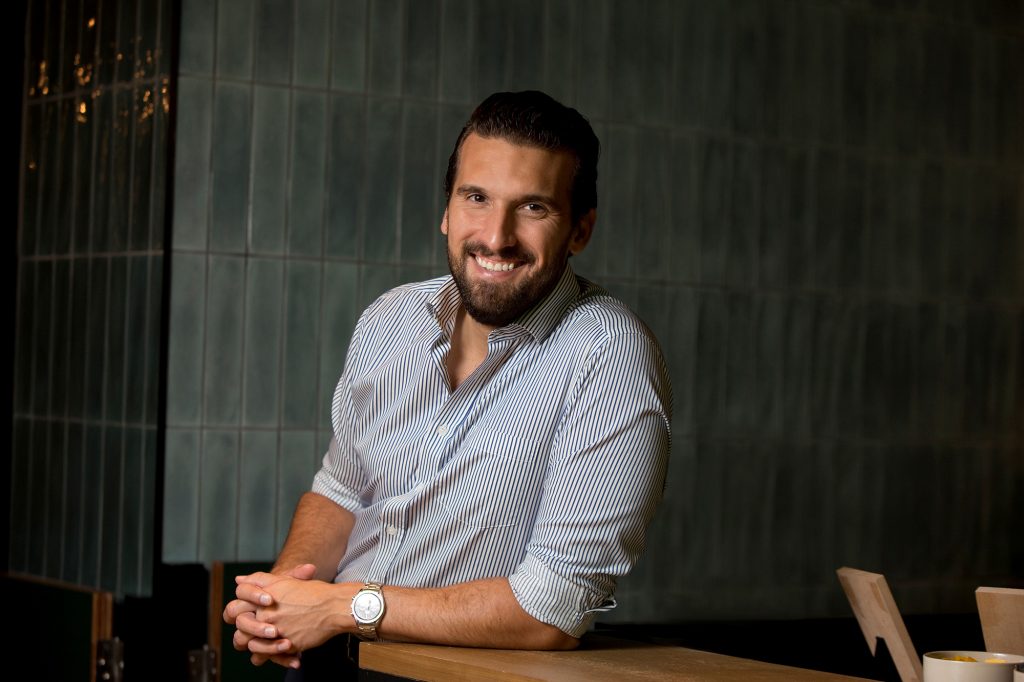
The abbreviation is abstruse (EPDB, which stands for Energy Performance of Building Directive) but the meaning of this important EU directive for homes is clear: buildings are key to our continent's ecological transition, a fundamental piece of the puzzle being put together to achieve the New Green Deal goals by 2030. With an eye on the utopia of new cities and another one on the buildings already existing in Italy – defined by the latest annual energy efficiency report published by ENEA (Agency for new technologies, energy and the environment) as being obsolete and in desperate need of renewal – we are going to talk with a pioneer in the field of sustainable architecture: Alessandro Bisagni, 37 years old, a University degree in Sustainable Economy and Urban Geography, an American wife, two twin girls and the creator of a company in Hong Kong with 57 employees spread out in 10 different offices.
Alessandro is obtaining significant acknowledgments all over the world, such as being awarded the rare LEED fellow designation for constructing eco-compatible buildings characterised by energy and water savings, reduced CO2 emissions and improvements in the ecological quality of interiors.

Dear Alessandro, I am intrigued by your long professional career dotted with many awards notwithstanding your youth.
Yes, I've come a long way. I was born in La Spezia, in Liguria. My father was a bank executive who was moved consistently from one branch to another all over the world. One day we arrived in Hong Kong. I attended high school in this gateway to the east and was surprised to find a course on sustainability in my curriculum.
Such a long time ago?
I'm talking about the year 2001, twenty years ago. In the East sustainable building – as well as ecology – was already taught in urban geography lessons. My subsequent thesis (in Canada at the McGill University) had a meaningful title: “Economically assessing how to construct a sustainable building“. When doing research for my thesis it became clear to me that there were many factors to be considered when designing an eco-sustainable building. This was a very important time for me: I owe my discovery of various ways to assess a building to obtain LEED certification to this study period, and it is still the most authoritative and globally-acknowledged system for the green building industry.
I arrived in Shanghai in 2006 – in the studio of Jesa, an Italian company founded by Saro Capozzoli – to help Made in Italy businesses export services and products for the environment to the extensive market that was incessantly growing in China. I learned a lot from them. This wealth of knowledge became fundamental for me when I started working for Arup, a British multinational engineering and design company with branch offices in Italy. Arup was founded by Ove Nyquist Arup (1895-1988), a brilliant and visionary engineer who worked in the shadow of great architects: it was the first company to have ever put the design of an eco-city in a single package at the top of its list. At that moment in time the LEED system became the go-to guide to construct green buildings. And I perfected my knowledge about that system when I was working for Arup. One day the proposal of a South African businessman, Grant Horsfield, landed on Arup's desks. He wanted to build a hotel in an economically-depressed area where the only assets on the territory were the spontaneous growth of bamboo plants and the mountain skyline. The challenge this visionary businessman presented to us was to create a special, top-notch, platinum LEED hotel at the foot of the Mogan Mountain, at a three-hour driving distance from the centre of Shanghai.
Let's explain this LEED mechanism in layman's terms.
This eco-certificate can only be granted after subjecting a building to in-depth and complex assessments. A building is rated and given points (or credits) depending on the following points: 1) location and transportation; 2) integrative process; 3) water metering; 4) sustainable environments; 5) energy and atmosphere; 6) materials and resources; 7) indoor environment quality; 8) innovation; 9) regional priority. This assessment gives rise to four certification categories which are, in order of importance: a) Platinum LEED certificate (from 80 to 110 marks); b) Gold (from 60 to 79 marks); c) Silver (from 50 to 59 marks) and d) the basic LEED certification (from 40 to 49 credits).

Let's go back to Shanghai.
Arup refused to follow up on that request. I am a traveller, and I always travel with a question that guides me in my quest. I offered Grant Horsfield my services as a consultant and he was delighted to accept. We developed an energetically-virtuous, eco-friendly project for a hotel that was by far more sustainable than its competitors. That's how the Naked Stables hotel complex was born in Moganshan, in a backdrop of mountains and forests. Its unusual name combines intelligence and irony, just like the person who invented it. And it turned out to be a lucky name to boot. There is now a chain of five luxury resorts in China that aims at communicating with their guests' souls and at opening their hearts up to appreciate uncontaminated nature. And this inevitably creates economical benefits for the locals. An impossible mission has been accomplished: there is no need to compromise on luxury to reach sustainability. Just think that, as well as travellers, the Naked Stables hotels accommodate many well-to-do families from Shanghai that have fled from the urban jungle to reconcile themselves with nature.
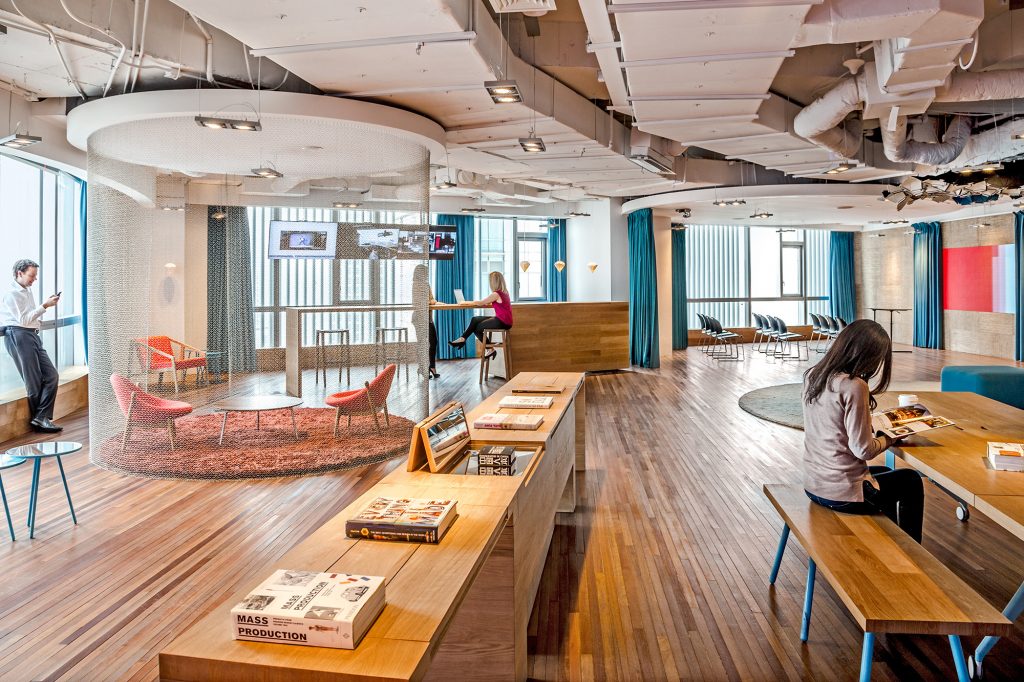
Let's take a closer look at home. The main political tool belonging to the European Union and introduced in 2002 to regulate constructions has made it possible to improve the general energy performances of buildings. But because the goal is to limit the rise in average global temperatures to maximum 1.5 degrees, we have to make extensive changes to reduce the greenhouse gasses produced by many buildings. As well as resulting in exorbitant energy bills, today's houses and offices are considered to be the main cause of the climate crisis. About 40% of all the energy consumed and 36% of CO2 emissions connected to the energy consumed by the European Union is attributed to them.
In fact, there is still a lot to do in Europe – where the situation differs from China's – to reach the goals set for 2030, and then for 2050. Here in the East there are many new buildings constructed from 2000 onwards. But in Europe…
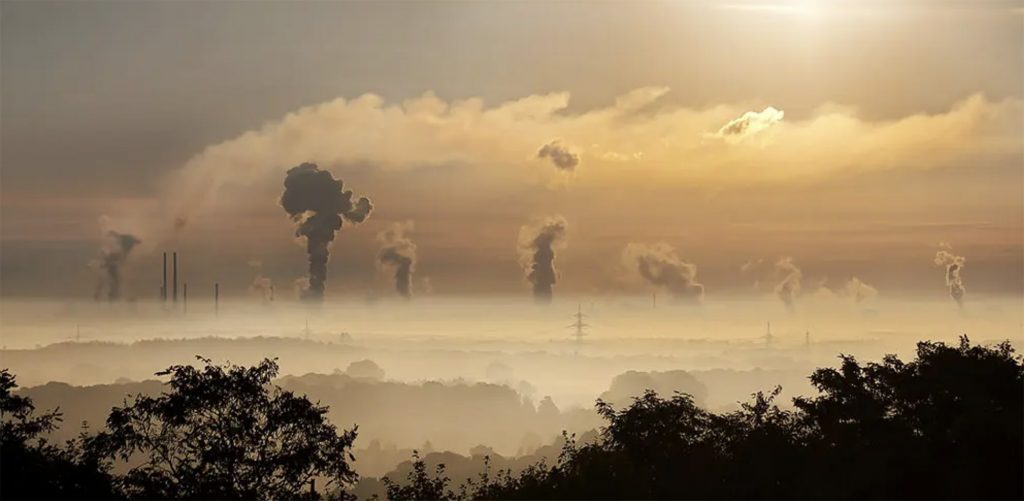
Here 7 buildings out of 10 are very expensive to run because of a lack of thermal insulation and due to heating systems based on fossil fuels. This situation depends on the fact that these buildings were constructed before the 90s, in other words before most of the energy performance regulations were drawn up and then enacted. To cast a shadow on the situation – without even considering the war between Russia and Ukraine – we now estimate that 90% of these buildings will still be used until 2050, the exact year on which the European Union has set its fully decarbonised property goal. How can we mark a virtuous turning point in this situation?
Western and eastern scenarios are very different. Nevertheless, some changes would be easy to implement, such as thermally insulating walls as well as door and window frames, improving the efficiency of lighting, of the heating systems of large shopping centres (we in Hong Kong have this problem too because everyone sets the air conditioning to high and nobody pays attention to the many existing ways to reduce energy consumptions). Special attention must be paid to generating energy and this is very difficult because only solar panels can be used for homes, but shopping centres can rely on many other options. In the latter case, design has the greatest impact. If you start working on a project from the very beginning, trying to determine how to optimise the shape of a building – using natural breezes to improve indoor thermal efficiency – as well as optimising the energy used to heat or cool the inside, consumptions become significantly lower.
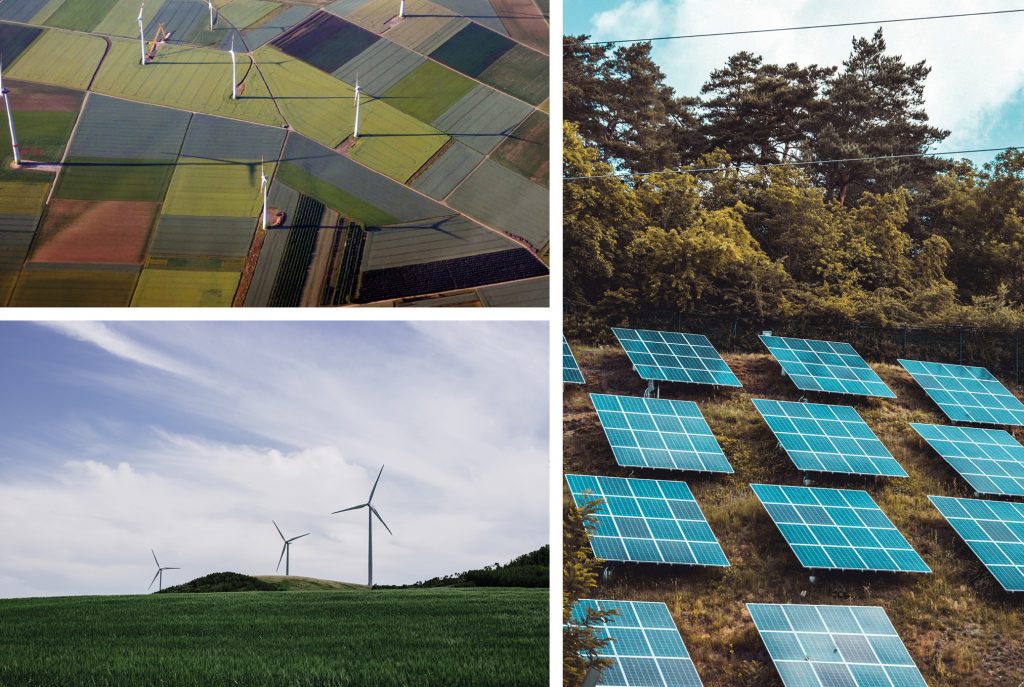
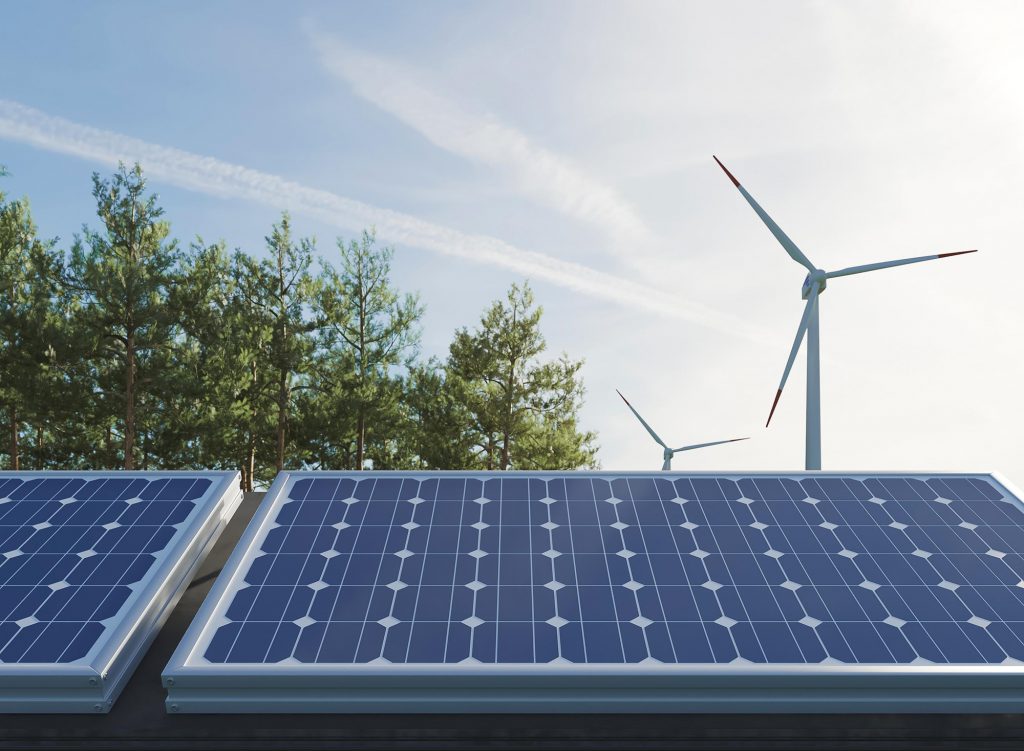
All-in-all, European buildings need to be massively renovated but we haven't yet been able to create and adopt effective measures to support the right changes. I take it from EU documents that only a miserly 0.2% of the building renovations completed to date have resulted in significant energy savings. This means that the other building work performed over the years hasn't given rise to any energy-efficiency improvements at all. Alessandro, if you were to come to Italy, what would you do to optimise the energy efficiency of our homes?
Different actions could be taken, depending on whether the home was a new-build or pre-existing one. I have written these key words in my personal notebook: combine engineering and design with computer models to create buildings that save as much energy as possible. Prefer new materials with a low environmental impact that can be possibly recycled in the future. Aim at renewable energy sources that replace fossil fuels. Dedicate special attention to “health and prevention” in every room of the home, from the kitchen to the studio and beyond. Use safe and healthy technologies.

Tell us more about this last topic.
The spaces we live, work, play and learn in have an ongoing impact on our physical and mental wellbeing… We assess the quality of the water and air. We check air conditioner filters because they can cause health problems, as well as the building's biophilia rate with the nearest natural surrounding. We add ergonomic services to promote movement between the various rooms and avoid sedentary lifestyles. We use design that favours the natural circadian rhythm, recreating light in the home or office that matches as far as possible the Sun's natural cycle. We monitor all performances in real time.

Because we can't improve something unless we can measure it…
Precisely. Sensor technology is now more affordable and easier than before. Thanks to the software (Bee Sense) developed by my team, we can quantify the measurements of energy and water consumptions, waste production, noise, water and air quality and – since last year – even the transmission of viruses, to assess the performances of buildings on these aspects in real time. This data allows us to make informed decisions on how to improve performances over time, consequently lengthening the life of a building. The most overlooked sustainability aspect of buildings is incorporated carbon, or the total carbon footprint of construction materials during their lifecycle: from the excavation works to production, transport and utilisation, right to the end of their lifecycle. Due to the difficulty in measuring this footprint, it often isn't even taken into consideration but it makes up the greatest impact of buildings, even greater than their energy consumption. Suppliers are improving their ability to calculate the carbon footprint of their materials during their entire lifecycle and to inform the public, but there is still a long way to go to before this type of test becomes commonplace.
What economical advantages can be derived from your systematic action?
In brief: from a minimum of 10% to 30% and over.
The European Union's experts say that building renovation rates should be increased by at least 3% every year until 2030. This extensive building renovation should result in energy savings of at least 75%.
We have the technologies required and many companies here in China are moving in this direction, relying heavily on a new company figure: the Sustainability Manager. And often privileging the skills and products of Italian companies.
Regarding innovative companies: I recently visited a Made in Italy company that works in this sector, Valcucine, in which creativity, digital technologies and a wise choice of materials result in conspicuous energy savings. I have found out that some entrepreneurs from the Far East have chosen these tricolor novelties for their home…
Going in a new direction to increase the number of eco-sustainable buildings in Italy and Europe – that are healthy for the entire population – depends on the will of both politicians and entrepreneurs. Unless governors and industrialists alike take a real stand, investing greater resources in scientific research and in more training in schools, it won't be possible to achieve the socio-ecological transition that is the greatest cultural revolution – but also the most important social and economical challenge – that humanity has faced in recent history. And the Italian buildings will still remain not so green.
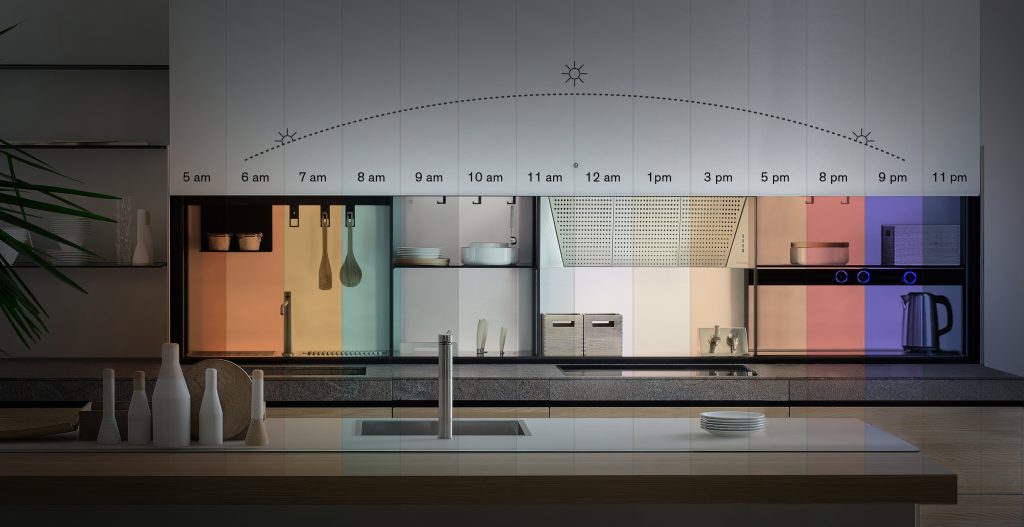
This interview is part of a series that will be contained in Salvatore Giannella's (writer and journalist, former director of L'Europeo and Airone) new book, which will be available in 2022, in collaboration with Valcucine.
Photo credit cover: bee-inc.com
LATEST POSTS
